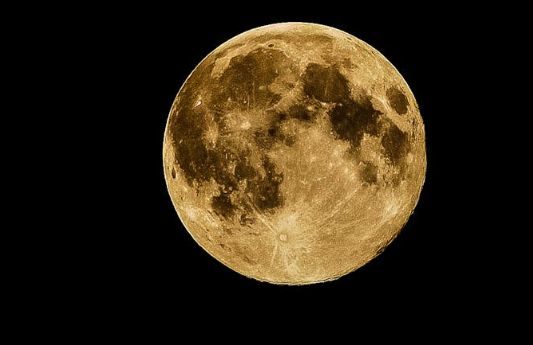Get ready to capture an amazing sight in the night sky this week. The upcoming full moon, known as the Hunter’s Moon, isn’t just any ordinary lunar event—it’s set to be the largest and brightest supermoon of the year.
A supermoon occurs when the moon reaches its full phase while being at its closest point to Earth in its orbit, a position called “perigee.” While we’ve already seen two supermoons earlier this year, in August and September, this particular event will happen at the moon’s closest approach to our planet.
As a result, the Hunter’s Moon will appear significantly larger and about 30% brighter than the faintest full moon of the year, as noted by NASA. This celestial phenomenon is expected to influence tidal patterns, potentially causing higher and lower tides later this week into the weekend, particularly affecting coastal areas and regions still recovering from recent flooding.
The Hunter’s Moon reaches its fullest phase on Thursday morning at 7:26 a.m. EDT, but it will be closest to Earth—approximately 221,938 miles away—on Wednesday night at 8:48 p.m. This is when the moon will appear its largest, although the difference may be subtle to the naked eye. Interestingly, when a supermoon is near the horizon, it can create an illusion of immense size compared to when it is higher in the sky.
The term “supermoon” was coined by an astrologer in 1979 and is also referred to by astronomers as a perigean full moon. In traditional lore, October’s full moon, known as the Hunter’s Moon, signaled the time for hunters to prepare for winter, hence its name. It was also called the Sanguine or Blood Moon, reflecting its association with hunting success or the autumnal foliage colors.
Photographers keen to capture this phenomenon should aim for moonrise or moonset during the golden hours of dawn and dusk, when the moon exhibits a soft, golden hue and appears most impressive against the landscape. A zoom lens and stable camera setup are recommended for the best shots.










